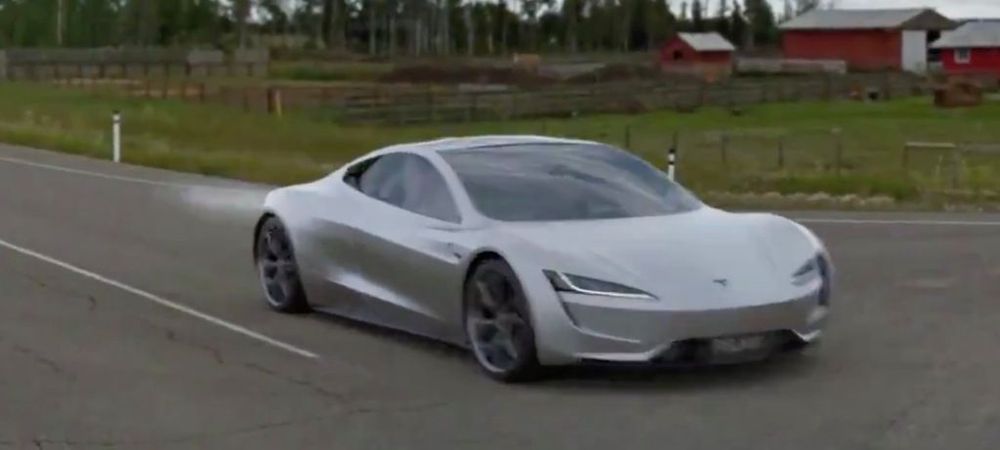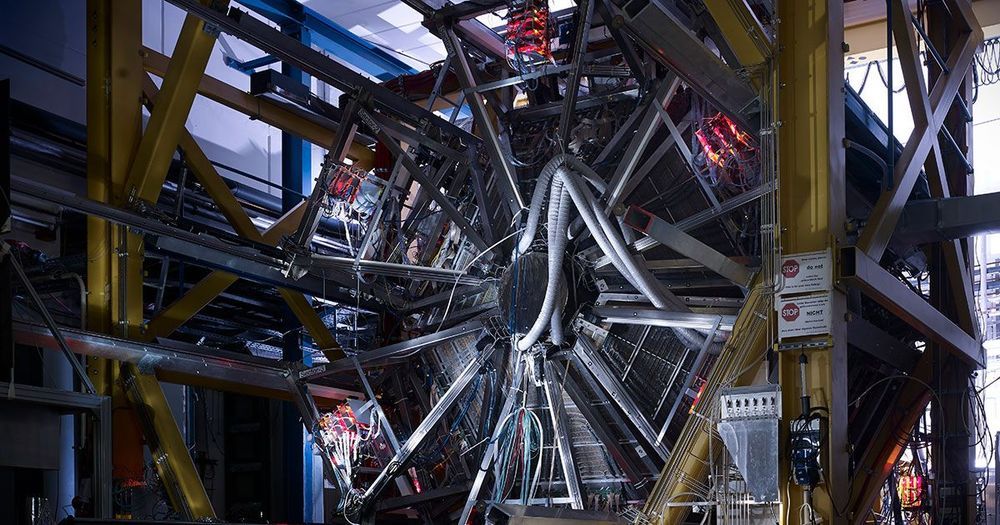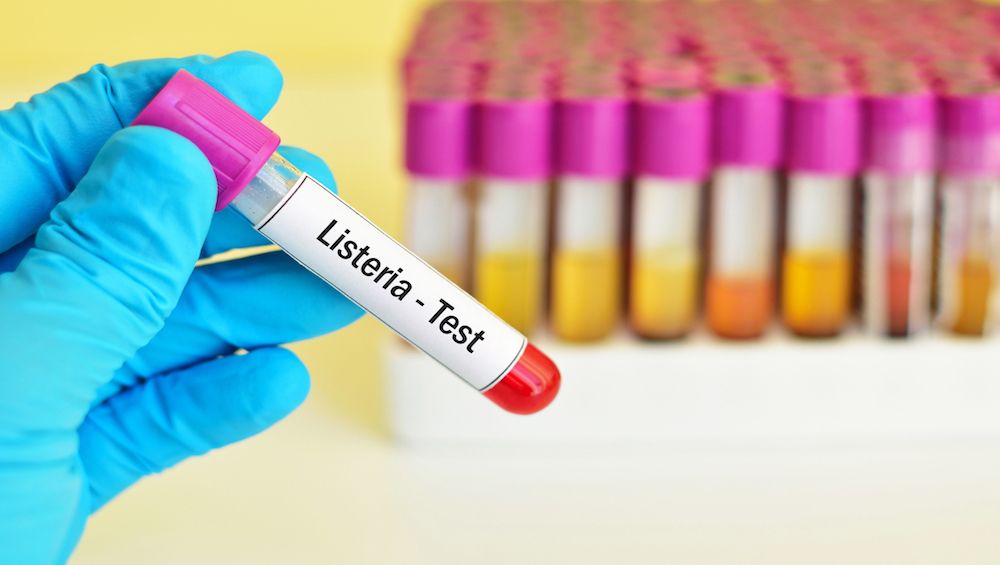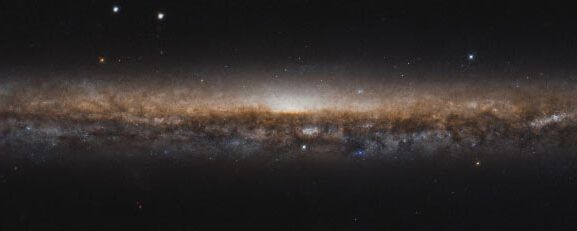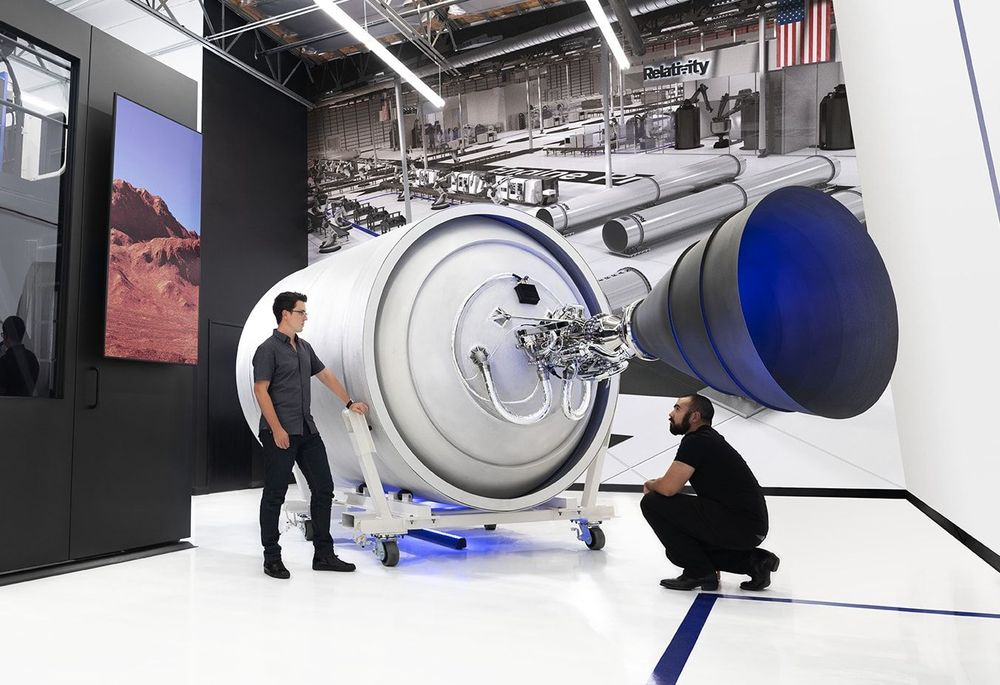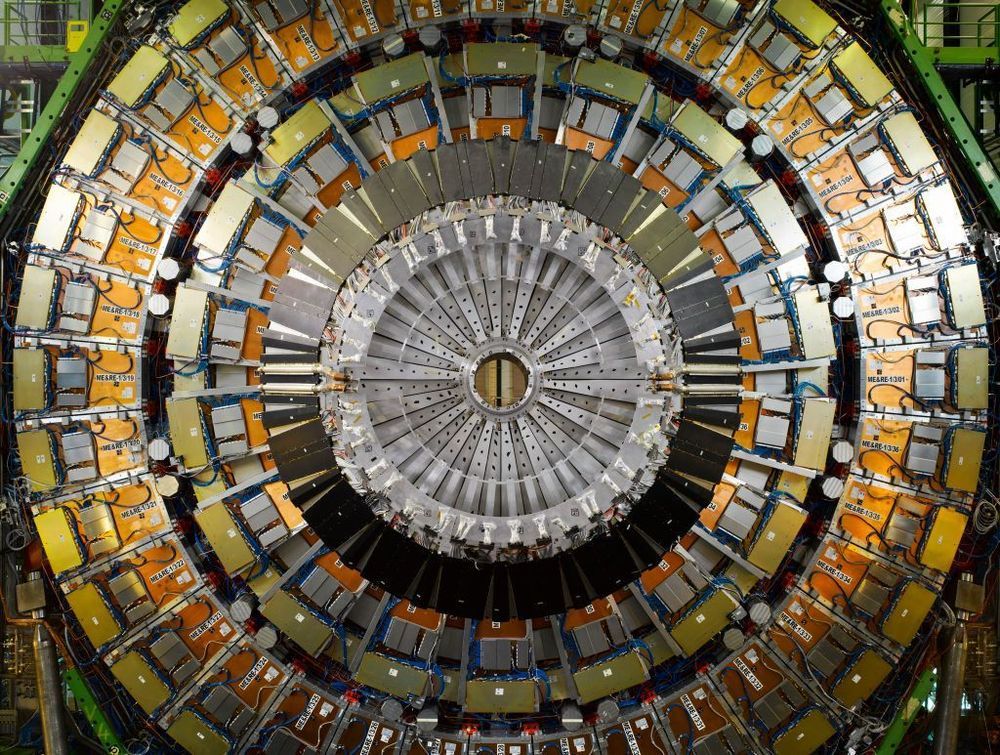Jun 24, 2020
Tesla Roadster concept video shows 1.1-sec, 0–60 mph acceleration with SpaceX thruster
Posted by Genevieve Klien in categories: space travel, sustainability
What does a 1.1-sec, 0–60 mph acceleration even look like? A graphic artist tried to visualize what a Tesla Roadster with SpaceX thruster looks like when accelerating in 1.1 seconds.
When first unveiling the vehicle, Tesla claimed a list of insanely impressive specs for the new Roadster, including 0–60 mph in 1.9 sec, 620 miles of range, and more.
However, the CEO quickly added that the insane specs announced in 2017 for the new electric hypercars are only “the base specs.”
